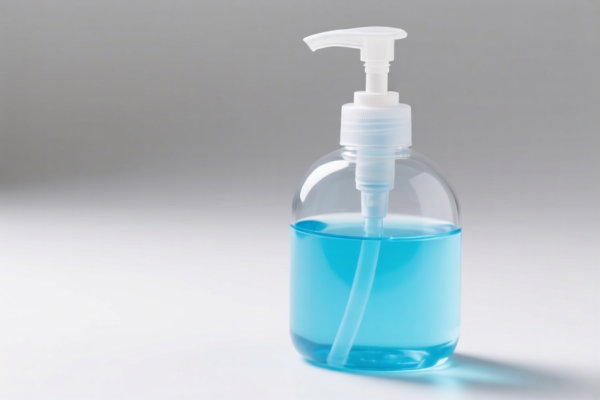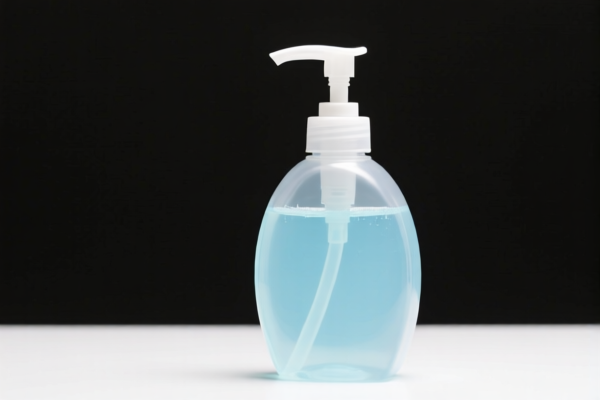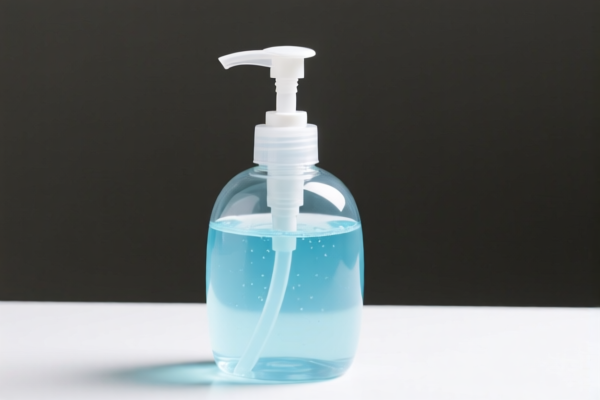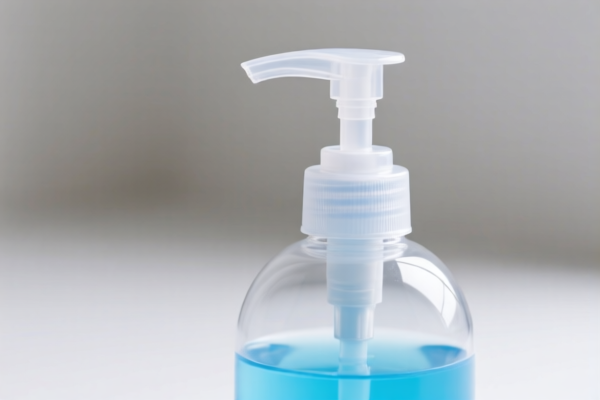| HS Code | Official Doc | Tariff Rate | Origin | Destination | Effective Date |
|---|---|---|---|---|---|
| 7010905055 | Doc | 55.0% | CN | US | 2025-05-12 |
| 3926909910 | Doc | 42.8% | CN | US | 2025-05-12 |




Okay, let's break down the HS codes and tax implications for your "GLASS SOAP DISPENSER" declaration. Based on the information provided, it seems you have two potential classifications, and we need to determine which one is most accurate to avoid issues with customs.
Here's a detailed analysis:
1. HS Code: 7010.90.50.55 – Other containers (with or without their closures) Of a capacity not exceeding 0.118 liter
- 70: Glass and glassware
- This chapter covers all articles made of glass.
- 10: Carboys, bottles, flasks, jars, pots, vials, ampoules and other containers, of glass, of a kind used for the conveyance or packing of goods; preserving jars of glass; stoppers, lids and other closures, of glass.
- Specifically focuses on glass containers used for holding or transporting goods.
- 90: Other
- This sub-heading covers glass containers not specifically mentioned elsewhere in the chapter.
- 50: Other containers (with or without their closures)
- Further specifies that it's about other glass containers.
-
55: Of a capacity not exceeding 0.118 liter
- This is a crucial detail – it applies to containers under 0.118 liters in volume.
Tax Implications: * Basic Duty: 0.0% * Additional Tariff: 25.0% (This will increase to 30% after April 2, 2025) * Total Tax: 55.0%
Applicability to your product: This HS code is suitable if your glass soap dispenser is a relatively small container (under 118ml) and primarily functions as a container for liquids.
2. HS Code: 3926.90.99.10 – Other Laboratory ware
- 39: Plastics and articles thereof
- This chapter covers articles made of plastics. However, this HS code is for articles of other materials (like glass) within this category.
- 26: Other articles of plastics and articles of other materials of headings 3901 to 3914
- This covers a broad range of articles, including those made of materials other than plastics.
- 90: Other
- This sub-heading covers articles not specifically mentioned elsewhere in the chapter.
- 99: Other Laboratory ware
- This is where it gets tricky. This code is generally for laboratory glassware.
-
10: Other
- Further specifies "other" laboratory ware.
Tax Implications: * Basic Duty: 5.3% * Additional Tariff: 7.5% (This will increase to 30% after April 2, 2025) * Total Tax: 42.8%
Applicability to your product: This HS code is more appropriate if your glass soap dispenser is specifically designed and marketed as laboratory equipment, or has features that make it suitable for laboratory use (e.g., precise measurements, chemical resistance). However, simply looking like lab ware isn't enough.
Recommendation & Key Considerations:
Based on the product description "GLASS SOAP DISPENSER", HS Code 7010.90.50.55 is likely the more accurate classification, assuming it's a standard soap dispenser and not specialized laboratory equipment.
However, please carefully consider these points:
- Material Composition: Confirm the exact material of the dispenser (is it entirely glass, or are there plastic components?). If there are significant plastic parts, the classification could change.
- Intended Use: Is it specifically marketed for laboratory use? If so, 3926.90.99.10 might be more appropriate.
- Capacity: Double-check the capacity of your dispensers. The 0.118 liter limit is important for 7010.90.50.55.
- Single vs. Multiple Components: If the dispenser consists of multiple parts (e.g., glass bottle + plastic pump), you may need to classify each component separately.
- Certification: Depending on the intended use (e.g., for food contact), you may need specific certifications (e.g., FDA compliance).
I strongly recommend consulting with a customs broker or providing more detailed information about your product (photos, specifications, intended use) for a definitive classification. Incorrect classification can lead to delays, fines, and other issues.
Customer Reviews
No reviews yet.